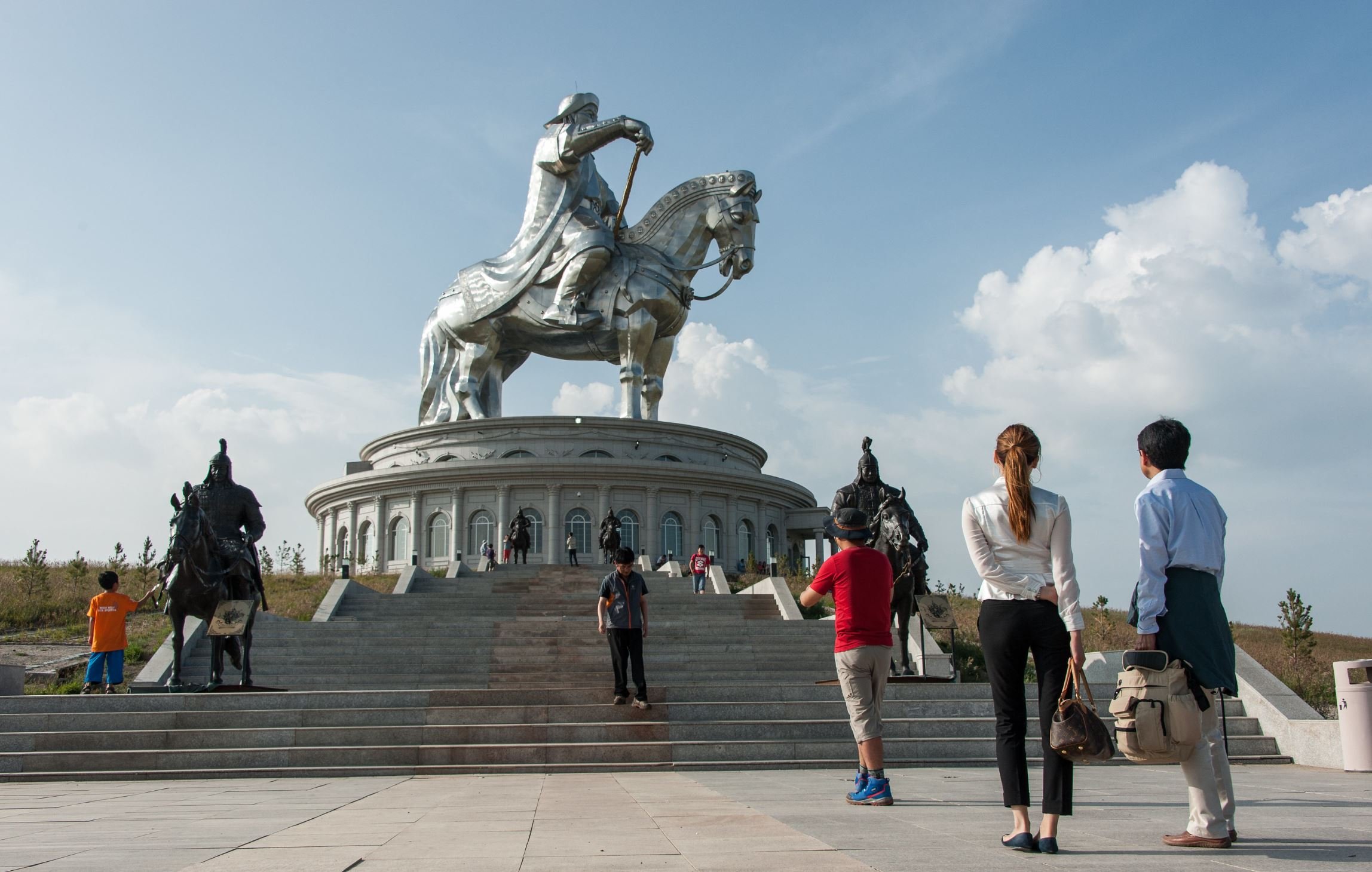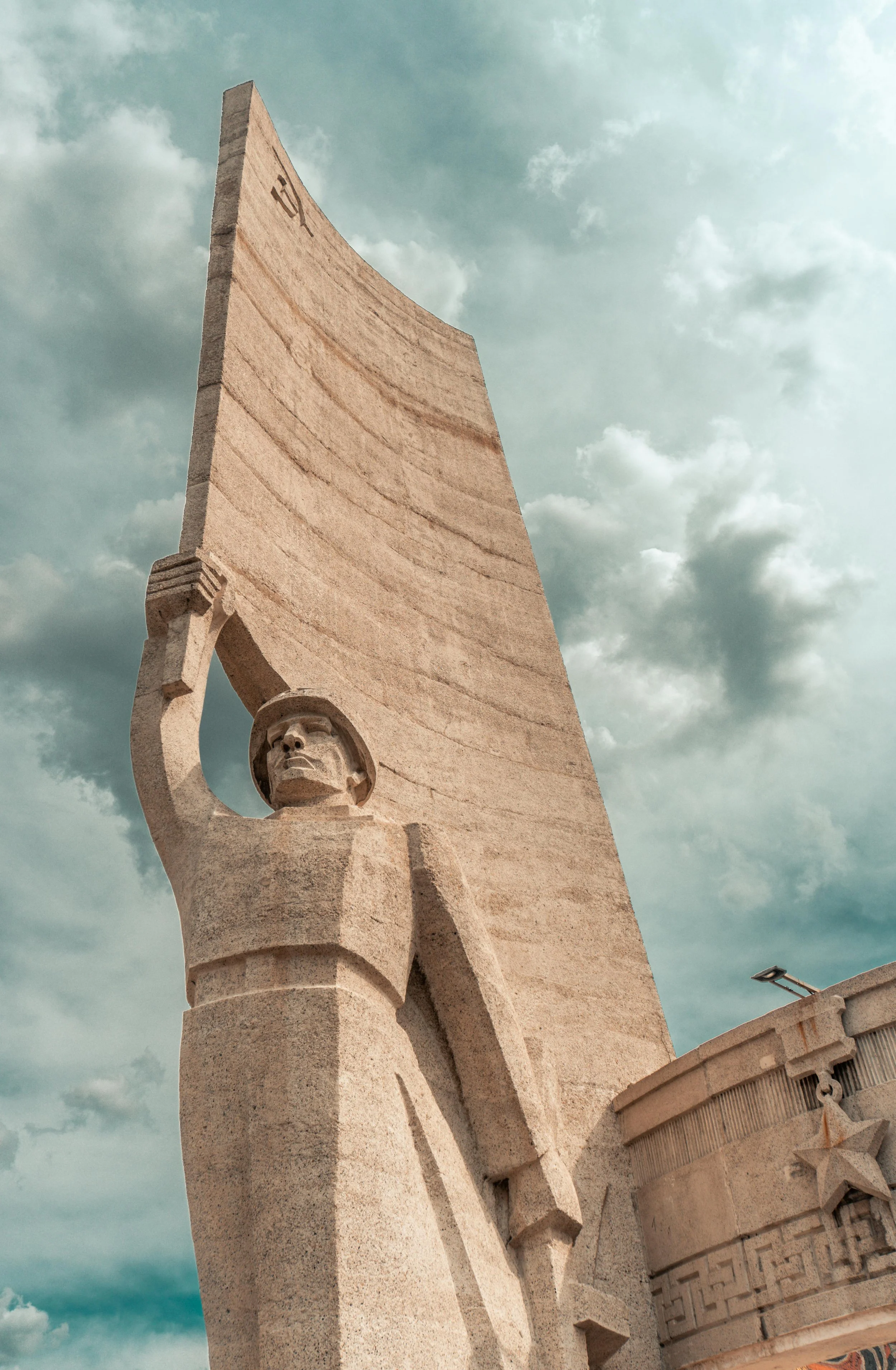
Chingis Khan, born around 1162, was the founder of the Mongol Empire, the largest contiguous land empire in history. Renowned for his military genius and innovative tactics, he reshaped the political and cultural landscape of Eurasia. Despite his reputation as a conqueror, he implemented progressive policies and fostered trade and cultural exchange along the Silk Road. Today, he remains a revered national hero in Mongolia and a figure of fascination worldwide.

Mongolia is historically known for its nomadic traditions and its ties to Tibetan Buddhism, which has been a dominant religion in the region for centuries. However, Mongolia is officially a secular state with freedom of religion guaranteed by its constitution. While Buddhism remains a significant influence in Mongolian culture, there is also a growing presence of other religions, including Islam, Christianity, and Shamanism. Religious diversity continues to play a role in shaping Mongolia's social fabric and cultural landscape.

Gandan Monastery, located in Ulaanbaatar, Mongolia, is a significant Buddhist site with a rich history dating back to 1809. Despite facing destruction during the 1930s, it was revived in the 1990s and remains an active center for worship, education, and cultural preservation. The monastery is renowned for its stunning Migjid Janraisig Temple, home to a towering 26-meter gilded statue of Avalokitesvara. Serving as the seat of the Mongolian Buddhist hierarchy, Gandan Monastery is a revered destination for both locals and tourists seeking spiritual solace and cultural enlightenment.

Tsonjin Boldog is a significant historical site located in Mongolia, approximately 54 kilometers east of the capital city, Ulaanbaatar. It is renowned as the birthplace of Genghis Khan, the legendary founder of the Mongol Empire. The site features a large statue of Genghis Khan on horseback, known as the "Genghis Khan Equestrian Statue," which stands as a symbol of Mongolia's cultural heritage and the enduring legacy of its most famous historical figure. Tsonjin Boldog has become a popular destination for tourists and locals alike, offering insight into the life and legacy of Genghis Khan and serving as a focal point for cultural and historical appreciation

The State Great Khural, Mongolia's Parliament, is located in the capital city of Ulaanbaatar. It stands prominently in the city center, near Sukhbaatar Square, which is a focal point for political and cultural events. The Parliament building itself is an architectural landmark, reflecting Mongolia's unique cultural heritage while also symbolizing its modern democratic aspirations.

Zaisan Hill is a prominent landmark located in Ulaanbaatar, the capital city of Mongolia. Rising to an elevation of around 300 meters, it offers panoramic views of the cityscape and surrounding countryside. The hill is notable for its memorial to Soviet and Mongolian soldiers who died in World War II, known as the Zaisan Memorial. Erected in 1971, the memorial features a towering granite obelisk adorned with intricate bas-reliefs depicting scenes from the war and symbols of friendship between Mongolia and the Soviet Union. Visitors often climb to the memorial to pay their respects, enjoy the breathtaking views, and learn about the historical significance of the site. Additionally, Zaisan Hill has become a popular spot for leisure activities such as hiking and picnicking, attracting both locals and tourists alike.

Gorkhi-Terelj National Park is a stunning natural area located about 70 kilometers northeast of Mongolia's capital, Ulaanbaatar. It's one of the most popular tourist destinations in Mongolia due to its breathtaking landscapes, including vast grasslands, towering rock formations, and meandering rivers. The park offers a range of outdoor activities for visitors, including hiking, horseback riding, and rock climbing. One of the iconic landmarks of the park is the Turtle Rock, a massive rock formation resembling a turtle. Another highlight is the Aryabal Meditation Temple, which offers a serene environment for meditation and reflection. Gorkhi-Terelj is also home to nomadic families who live in traditional gers (yurts) and offer hospitality to visitors, providing an opportunity to experience the unique nomadic way of life firsthand. Overall, Gorkhi-Terelj National Park is a haven for nature lovers, adventure seekers, and those interested in experiencing Mongolia's rich cultural heritage in a beautiful natural setting.
Day 1:
Begin your adventure with a pick-up from your hotel or the airport, setting off for Terelj National Park, a breathtaking expanse of natural beauty just outside of Ulaanbaatar. Along the way, marvel at the vast landscapes and nomadic herders tending to their livestock. Upon arrival, delve into Mongolian history and culture with visits to iconic landmarks such as the imposing Chinggis Khaan statue, the unique formations of Turtle Rock, and the serene atmosphere of a local monastery. As the day winds down, settle into the cozy comfort of a traditional ger camp, immersing yourself in the nomadic lifestyle under the starry Mongolian sky.
Day 2:
Embark on an unforgettable journey to Kharkhorin, the ancient capital of Mongolia, tracing the footsteps of nomadic tribes and conquerors who once ruled these lands. En route, traverse the mesmerizing Elsen Tasarkhai mini Gobi, a miniature desert landscape that offers a taste of Mongolia's diverse terrain. Embrace the opportunity to ride a camel through the golden sands, capturing timeless moments against the backdrop of rolling dunes.
Upon arrival in Kharkhorin, immerse yourself in the rich history and culture of Mongolia with visits to the local museum, where artifacts and exhibits chronicle the vibrant tapestry of the region's past. Explore the remnants of an ancient empire at Erdene Zuu Monastery, a UNESCO World Heritage Site that stands as a testament to the enduring legacy of Buddhism in Mongolia. Marvel at the intricate architecture and tranquil surroundings of this sacred sanctuary, taking in the spiritual atmosphere that permeates every corner. As the day draws to a close, indulge in luxury at the Aca Land Camp, where modern comforts harmonize with the rugged beauty of the Mongolian countryside. Relax and rejuvenate amidst the serene surroundings, reflecting on the profound cultural heritage and natural wonders you've encountered on your journey through Kharkhorin.
Day 3:
Venture deeper into the heart of Mongolia's wilderness as you journey to Hustai National Park, a haven for indigenous wildlife and conservation efforts. Spend the day in awe as you observe the majestic Przewalski's horse, an endangered species native to the steppes of Central Asia. Immerse yourself in the tranquility of nature with a leisurely trek through the park, soaking in the sights and sounds of the pristine landscape. From the graceful movements of wild horses to the vibrant colors of native flora, every moment in Hustai is a testament to the enduring beauty of Mongolia's natural heritage.
Day 4:
Bid farewell to the untamed beauty of Mongolia as you make your way back to Ulaanbaatar. Reflect on your unforgettable experiences amidst the vast Mongolian landscape, cherishing memories that will last a lifetime. Whether you're heading back to your hotel or catching a flight home, carry with you the spirit of adventure and discovery that defines the Mongolian wilderness.
Note: Day 2 of the tour involves considerable driving, so please ensure you're prepared for the journey ahead. Please note that a minimum of 4 people is required for this package.
Package cost: 2500$

